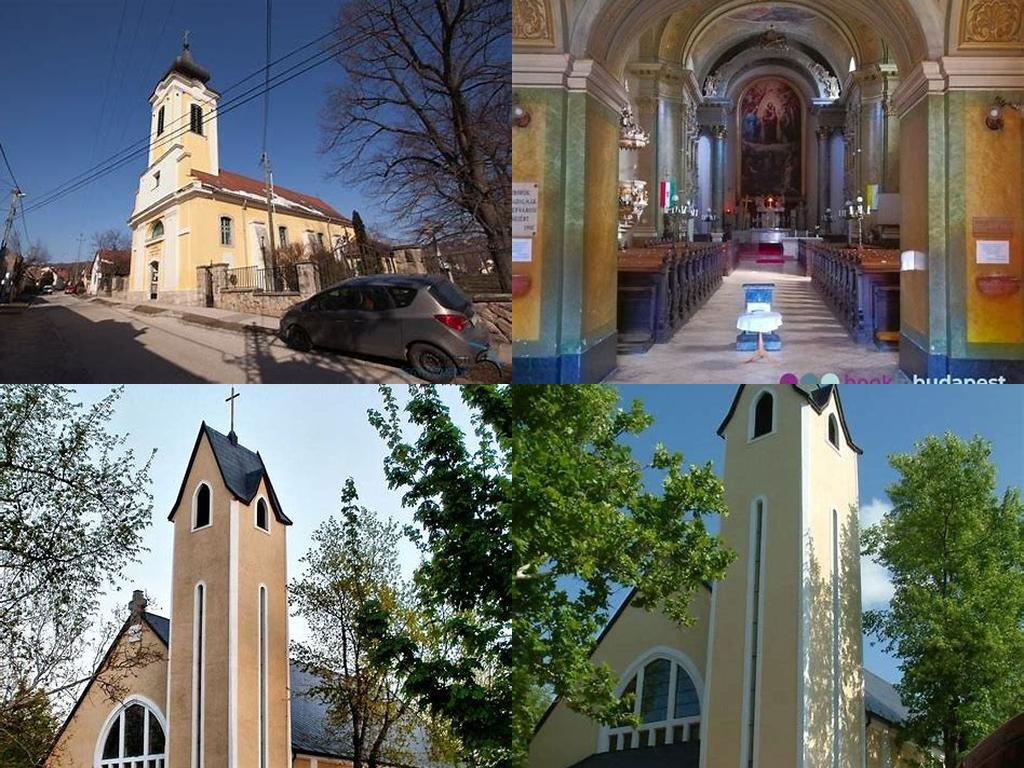
Békásmegyeri Szent József templom sits quietly on the northern edge of Budapest, far from the grand boulevards and ornate downtown basilicas. Yet this parish church, dedicated to Saint Joseph, holds a distinctive charm for travelers seeking glimpses of local, everyday life woven with spiritual heritage. The neighborhood, Békásmegyer, is where panel blocks meet old gardens and the rhythm of suburban life reveals a softer side of the city.
First completed in 1927, the church emerged from the hopes of a growing working-class settlement. The original parishioners—day laborers, market gardeners, small craftsmen—pooled their resources and, in a feat of community determination, built a modest structure. Generations have since come together here: through wars, decades of socialist rule, and the transformation of the district in the late twentieth century. The name, Szent József, isn’t just decorative. The church genuinely feels like a space for those who labor and create, echoing Joseph’s role as a patron of workers.
Architecturally, the church diverges from the typical baroque or neo-gothic forms of central Budapest. Instead, the design speaks with quiet ordinariness—a clean, unpretentious facade, broad wooden doors, and a single bell tower that has marked time for the community since its installation shortly after World War II. Step inside, and you’ll find late Art Deco influences softened by hand-carved details and locally-crafted adornments. The sunlight streaming through its colored glass casts a gentle glow on otherwise simple plaster walls, inviting quiet contemplation. There’s something deeply moving about the humility here; it’s a space that feels personal and lived-in.
But what draws you deeper is how the church’s life folds into Békásmegyer’s rhythm. On weekday mornings, you might catch elderly parishioners tending the flower beds or preparing for a modest liturgy, while schoolchildren burst onto the square after classes. On Sundays, the churchyard fills with the warm buzz of neighbors chatting over homemade pastries sold for parish fundraising. It’s not a tourist façade—it’s the fabric of local life, open to visitors who appreciate authenticity over spectacle.
If you are interested in history, the parish archives hint at personal stories from transformative moments in Hungarian society. Tales of resilience during the siege of Budapest, the community’s role in sheltering families during 1956, and the poignant embrace of post-Communist freedom—they all echo in the sacristy’s worn ledgers and faded photographs. The church also hosts semi-regular concerts and exhibitions, tapping into the area’s creative spirit. You don’t need to be religious to enjoy these events; music and art are truly the universal languages here.
For those wandering further north from central Budapest, the Szent József templom offers a chance to see where the city breathes in and out at a gentler pace. It is accessible by suburban trains and the iconic HÉV green commuter rail, giving visitors a brief window into everyday commutes that reveal as much about a place as its landmarks. No crowds, no tickets—just the slow turning of time and the steady pulse of community.
So, if you’re looking to experience a piece of Budapest that is honest and unpolished, take the time to wander past the supermarkets and courtyards of Békásmegyer. Step into the cool sanctuary of the Szent József templom and listen, for a moment, to the stories that linger in its walls.





